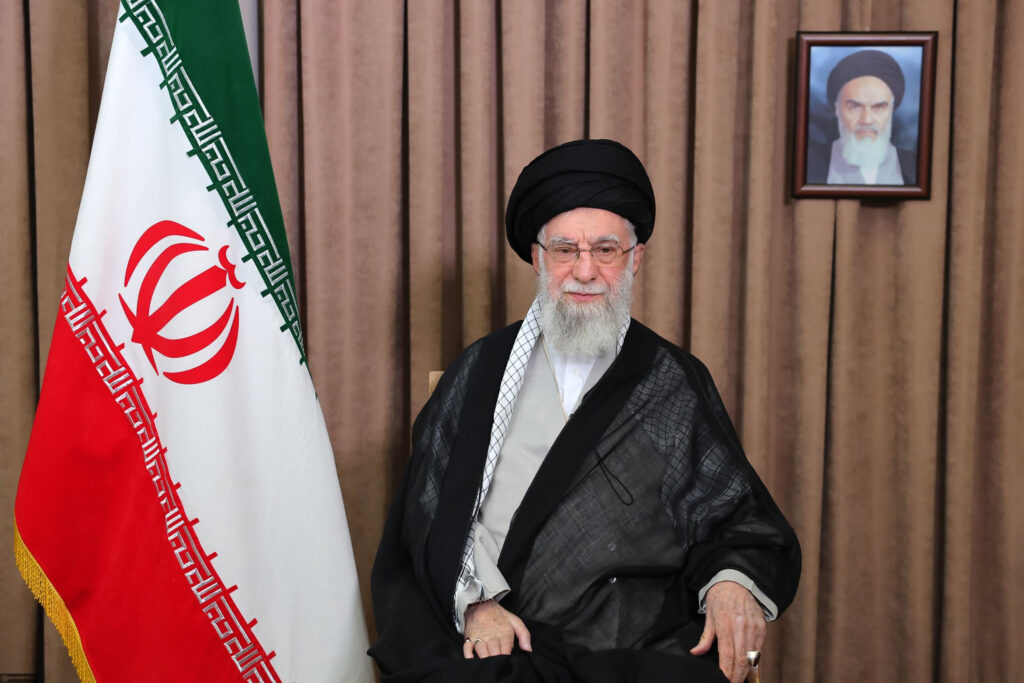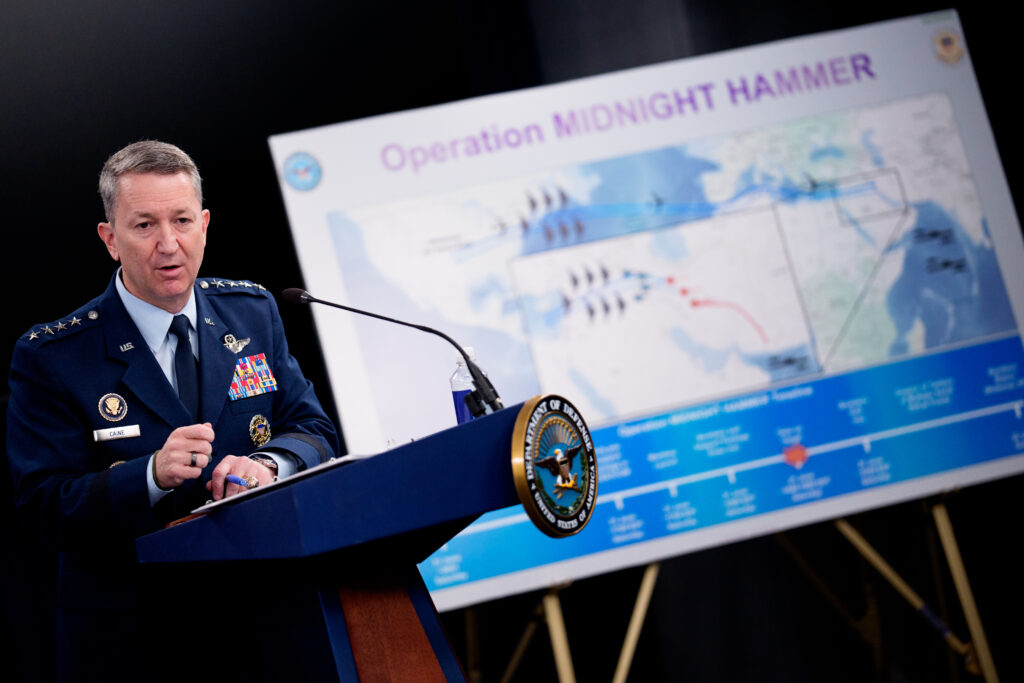‘Mission Accomplished’? Iran’s Refusal To Accept Defeat Is a Warning for America and the West
Tehran, throwing out the International Atomic Energy Agency’s inspectors, signals that the regime will resume its nuclear weapon efforts.

The war with Iran is not over. Despite an amazing Israeli and American air campaign, the Iranian theocratic dictatorship’s efforts to threaten Israel and the region have only been delayed and made more difficult. Iran remains defiant and hostile.
Indeed, Iran has thrown out the International Atomic Energy Agency’s inspectors, signaling that the regime will resume its nuclear weapon efforts.
Many analysts seem to be surprised at Iran’s intransigence after being so soundly bested. Iran’s determination simply goes against the modern, elite peacetime understanding of how reasonable adversaries behave.
This isn’t new. In 1972, David Halberstam’s extraordinary book, “The Best and the Brightest,” described how the accomplished Ivy League minds of the Kennedy and Johnson administrations failed to comprehend North Vietnam’s determination. The Viet Cong was willing to accept unimaginable casualties and damage to achieve its aims — and the West didn’t get it.

Western foreign policy and national security elites have never broken out of this unrealistic rational actor model that Halberstam wrote about 53 years ago.
The 12-day war between Iran and Israel was a decisive Israeli victory. The world was surprised by the Iranian air defense system’s weakness, the Israeli intelligence system’s accuracy, and the speed with which Israel and America hobbled the dictatorship’s nuclear program.
The culminating aspect in the campaign was America’s ability to launch bombers from Missouri, fly them into the heart of Iran, hit targets with pinpoint precision, and leave before Iran could react. It was astonishing and awe-inspiring.
The sheer imbalance of military capabilities led Western people to think the Iranians would become reasonable and accept Israeli and American demands. Indeed, the cease-fire initially felt like a shift in Iranian behavior and the beginning of a new era in the Middle East.
Then the Iranian theocratic dictatorship emerged from the damage. It was almost like a clown balloon that wobbles but won’t fall down (an image President Clinton once used to describe his own political survivability to me when Yasser Arafat and Yitzhak Rabin met at the White House).
The Iranian dictatorship endured 12 days of brutal, one-sided punishment. They watched billions of dollars in nuclear technology destroyed. They suffered the deaths of many top generals and scientists. Yet they survived.

The first sign of Iran’s refusal to accept defeat was Ayatollah Ali Khamenei’s video explaining that America had lost the war — and only intervened to save Israel from decisive defeat. This was defiance and denial of Western reality. It was designed to rally the Iranian people to a nationalist rejection of the Israeli and American bombing campaign.
The second sign that Iran had not “learned a lesson” came when organized crowds chanted “Death to America” and “Death to Israel” at the funerals of key Iranian generals and scientists.
The third sign was the rounding up and killing of dissidents and people suspected of helping the Israelis. This deliberate show of brutality and violence was designed to stop possible street protests aimed at overthrowing the dictatorship by a popular movement.
The fourth sign was the issuance of a religious call to kill President Trump. As the Foundation for Defense of Democracies reported: “Iran’s top Shia cleric, Grand Ayatollah Naser Makarem Shirazi, issued a fatwa, or religious edict, against President Donald Trump on June 29, calling on ‘Muslims of the world’ to assassinate the U.S. leader.”
The fatwa, FDD added, “was released by Shirazi’s office and published by several Iranian state and IRGC-linked media outlets, including ISNA, Fars News, and Tasnim News. The family of Ayatollah Ruhollah Khomeini, the first supreme leader of the Islamic Republic of Iran, indirectly endorsed the Fatwa, with its news outlet Jamaran publishing the text.”
Then Iran kicked out the IAEA inspectors. The religious dictatorship has clearly rejected the rational Western interpretations of Iran’s defeat. So, America and Israel are now faced with four strategic choices.
They could revert to the previous failed strategy of diplomatic placation — and accept that Iran will eventually develop nuclear weapons and strategic missiles. This would be a disaster.

America and Israel could adopt a policing strategy of simply bombing Iranian facilities every time they detect an effort to restart the nuclear or strategic missile program. This could become a game of Whac-a-Mole that doesn’t last beyond the current administration.
They could combine policing with a systematic increase in sanctions and efforts to isolate and weaken the dictatorship until it is eventually overthrown. This might work, but the time required could allow Iran to outlast current American and Israeli leadership.
Finally, America and Israel could decide that if the regime won’t change, they will change the regime. Israel, with American airpower, could undertake a serious effort to decisively destroy the dictatorship’s capacity to survive.
Whichever strategy is chosen; the reality is that the war with Iran isn’t over. The 12-day war was simply the next act in a long-running tragedy.

